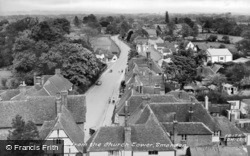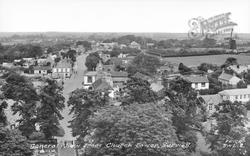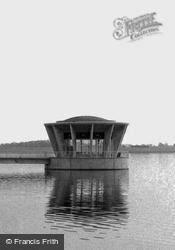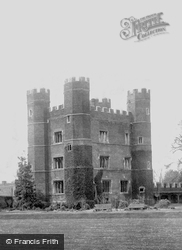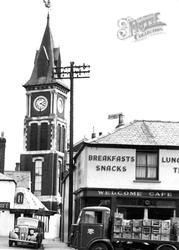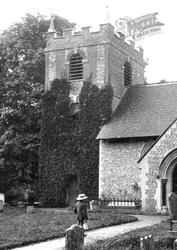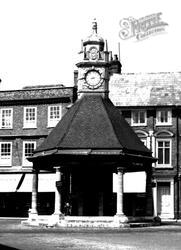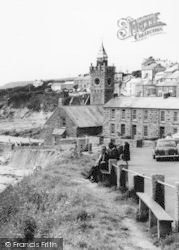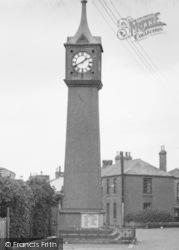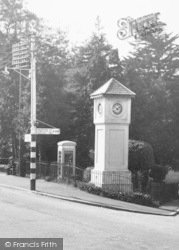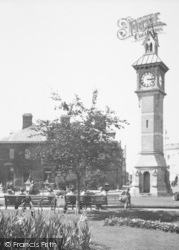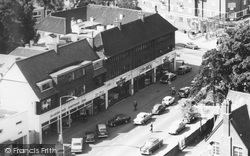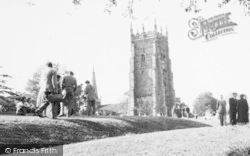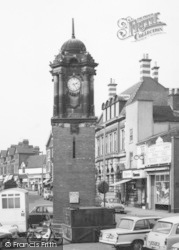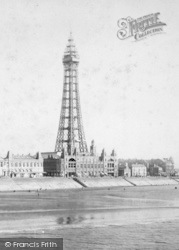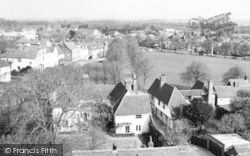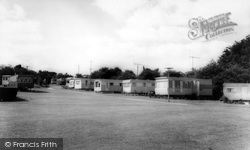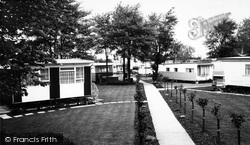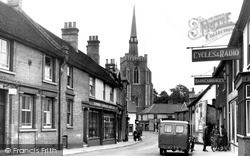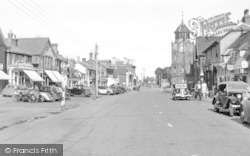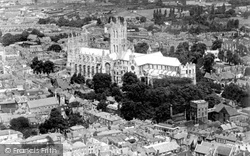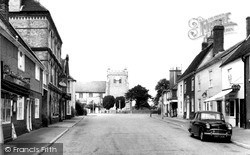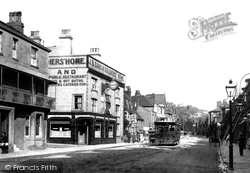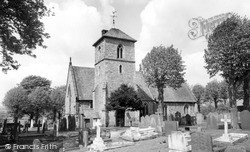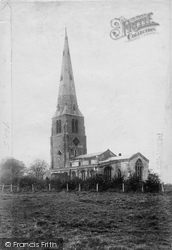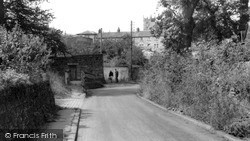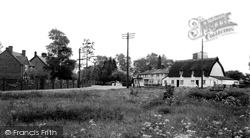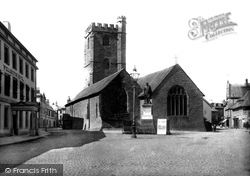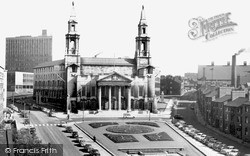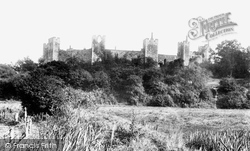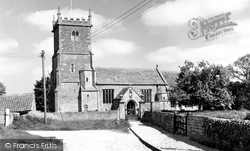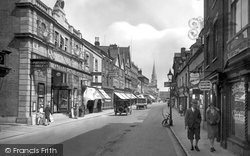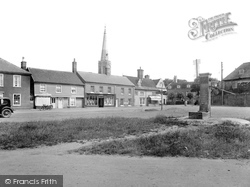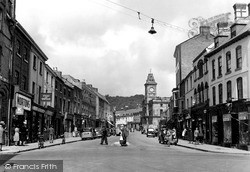Places
36 places found.
Those places high-lighted have photos. All locations may have maps, books and memories.
- Poplar, Middlesex
- Bow, Middlesex
- Bethnal Green, Middlesex
- Stepney, Middlesex
- Alton Towers, Staffordshire
- Isle of Dogs, Middlesex
- Limehouse, Middlesex
- Spitalfields, Middlesex
- Barjarg Tower, Dumfries and Galloway
- Bromley, Middlesex
- Stratford Marsh, Middlesex
- Tower Hill, Merseyside
- Tower Hill, Essex
- St George in the East, Middlesex
- Wapping, Middlesex
- Globe Town, Middlesex
- Old Ford, Middlesex
- Cubitt Town, Middlesex
- Tower Hill, Cheshire
- Tower Hill, Surrey
- Bow Common, Middlesex
- Mile End, Middlesex
- Millwall, Middlesex
- Ratcliff, Middlesex
- Warmley Tower, Avon
- Tower Hill, Hertfordshire
- Tower End, Norfolk
- Tower Hamlets, Kent
- Tower Hill, Devon
- Tower Hill, West Midlands
- Blackwall, Middlesex
- North Woolwich, Middlesex
- Hackney Wick, Middlesex
- Shadwell, Middlesex
- South Bromley, Middlesex
- Tower Hill, Sussex (near Horsham)
Photos
2,720 photos found. Showing results 1,721 to 1,740.
Maps
223 maps found.
Books
1 books found. Showing results 2,065 to 1.
Memories
637 memories found. Showing results 637 to 637.
Captions
3,036 captions found. Showing results 2,065 to 2,088.
Above the trees is the Water Tower, disguised as the House in the Clouds.
We are looking west towards Station Road and the church - the delicate spire was added to the tower in 1712.
The octagonal clock tower was added to St Mary's School in 1877 in memory of Laban Sweeting - the building has now been adapted for living accommodation.
At the end of the street is the tower of the parish church of Holy Trinity, which was originally built at the same time as Skipton's 12th-century castle.
Ninth in size amongst the English cathedrals, with a total interior length of 517 feet and its central tower ascending to 235 feet, it is still one of Europe's most celebrated places of Christian pilgrimage
A new chancel and the low square tower were provided.
On the hill beyond stands a Martello tower and the fortifications of Shorncliffe Camp, whose construction was undertaken under Sir John Moore during the Napoleonic War.
The added tower enhances the overall composition, but should the church be locked, do not embark on an extensive search for the key.
The wooden steps give access to the ground below and also serve as a lookout tower for the coastguard station, and pictured below is a coastguard cutter on davits ready for any emergencies
Despite its grand appearance, the tower shown here is really just a folly over the entrance to a house.
It has a fine mid 14th-century tower and spire 152 feet high.
The tower of the parish church rises in the distance. This lane is called Dam Street at its junction with the High Street.
The water tower behind the thatched cottage has since been demolished. One of the two houses on the left belonged to Seabrook's Farm, and the other was the vicarage.
St Mary's position in the centre of the town, and the dominating height of its splendid 16th-century tower at 90 feet, make it one of the most prominent buildings in Brecon.
In the distance the tower and spire of St Andrew's church is visible on the side of the Market Place.
It is curious in that the façade incorporates features in two distinct traditions - the classical four-column portico and pediment, and the Wren-style slim towers.
It is curious in that the façade incorporates features in two distinct traditions - the classical four-column portico and pediment, and the Wren-style slim towers.
Instead, it has thirteen separate towers, linked by a curtain wall, a Saracen idea brought back by returning Crusaders.
The tall west tower, which has battlements and pinnacles, is early Perpendicular.
The famous Dr Roberts' clock tower on the right of the picture was built in 1893 as a memorial to his wife. It still functions today.
The hotel porter waits optimistically outside with his hand-cart.The famous Dr Roberts' clock tower on the right of the picture was built in 1893 as a memorial to his wife.
The huge wheel window over the double porch is flanked by twin towers. On the extreme right is part of Eastmans Ltd the butcher's, which remained there until 1956.
The church tower is octagonal and capped with a wooden leaded spire. The pump has been replaced with a car park.
The Victorian town hall and its dominating clock tower overlook some fine Tudor and Jacobean town houses.
Places (38)
Photos (2720)
Memories (637)
Books (1)
Maps (223)


